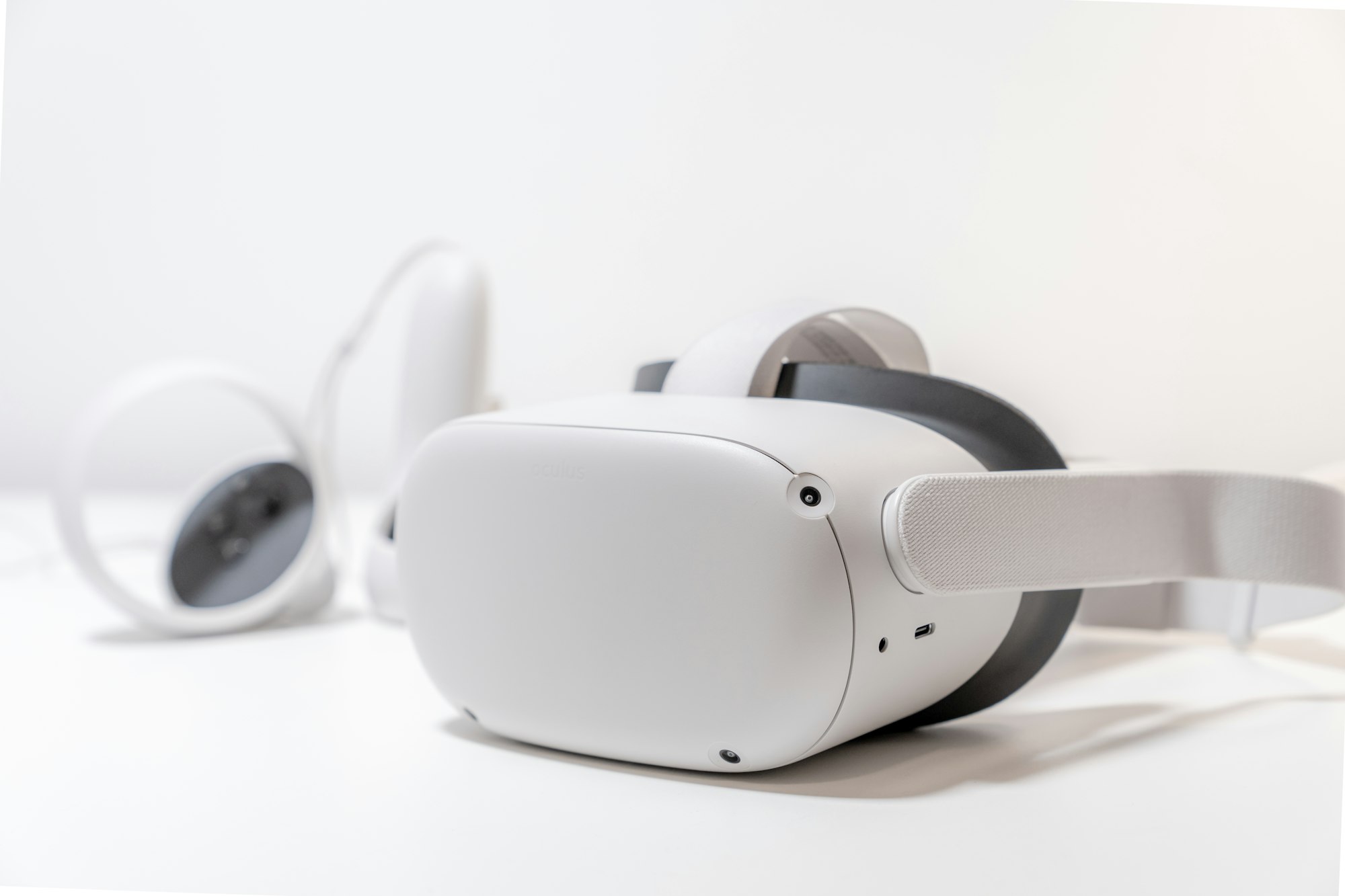How to overcome the most common barriers to effective XR training
In the post-pandemic workscape, skills training has never been more important. More than a quarter of businesses have already adopted XR into their employee training programmes, with excellent results.

In the post-pandemic workscape, skills training has never been more important. With a workplace transformation affecting almost every sector, and many still facing ongoing disruption, employers and staff alike have been forced to adapt. A wave of innovative tech has hit the market to meet the demand for remote solutions, notably in the field of immersive and extended reality (XR). In fact, more than a quarter of businesses have already adopted XR into their employee training programmes, with excellent results.

If you’re considering following suit and you want to reap the full rewards of deploying XR tech, it’s important that you preempt any obstacles that could lessen its impact. Below, the immersive training experts here at Virti outline how your company can overcome the most common barriers or hurdles and maximise the positive outcomes of your XR L&D initiatives.
1. Don’t skip the strategy
Before you embark on an XR training project, it’s essential to first outline your strategy; goal-setting plays a pivotal role in this. Identifying where you want to target skills training, the specific areas of staff or company performance you want to improve and how you’re going to measure success, will all help to focus your application of XR and exponentially increase its positive impact.
Of course, nothing ought to be set in stone. As your goals change over time, content can be adapted and added to in reflection of your new priorities.
2. One size does not fit all
Perhaps witnessing another company’s successful use of XR training has inspired you to adopt the same tech? But following the crowd in terms of content creation does not guarantee a positive outcome. Different companies have different training needs, and this demands bespoke, innovative, tailored training content.
Simulations should be designed to replicate the unique working environment within which your staff will need to perform the new skills. Virti’s cloud-based no-code creation suite provides the flexibility for employers to provide this by customising and adapting content at scale. This might involve building a virtual human with whom staff can practice sales technique, reproducing a new workplace for staff to navigate virtually, or developing a simulation in which staff can practice using new equipment safely.
The sky’s the limit when it comes to the application of XR tech for training. But to unlock the best results, customisation is key.
3. No need to break the bank
One of the biggest concerns for many companies when adopting XR tech is the predicted financial burden. The pandemic has forced many businesses to tighten their purse strings, and you might be wondering whether now is the right time to invest in new tech. But when used as part of a strategic skills training programme, XR tech is a cost-effective tool which ultimately saves money.
Unlike in-person training events, or online courses, XR training content can be endlessly repeated, reused and shared without additional cost. Offering a truly scalable upskilling solution, the interactive and immersive nature of the tech improves knowledge retention and reduces skill fade by up to 52%.
By investing in XR platforms like Virti, you remove the need to purchase a large number of designated VR headsets. This is because the immersive content on the Virti training portal can be accessed via a smartphone, tablet, laptop or desktop device. And, there’s always the option of sharing content by collaborating with another organisation. XR is a training tool that provides (potentially) exponential value for money.
4. Don’t neglect the data
When adopting XR tech, it can be easy to get lost in the fun and excitement of the new equipment, immersive simulations and content creation. But savvy L&D professional and company bosses recognise that the true value of XR training platforms lie in their data collection capacity and feedback analytics.

AI-generated data from XR platforms provides unique insights into users’ progress and performance. By transforming subjective information about an employee during a skill simulation - such as body language, tone of voice or level of engagement - into objective data points, it enables you to analyse and track skill performance much more accurately. This can then be used to help staff target specific areas for improvement, resulting in much faster, more effective skill development.
Data can also be used to judge and assess the effectiveness of your XR content. Which simulations are most engaging? Which ones encourage greater skill retention? How easy are users finding it to navigate the platform? By providing the answers to these questions, AI-powered data enables you to iterate and refine your skills training as your company grows.
5. All the gear and no idea?
So, you’ve invested in some fantastic XR tech, put together your training strategy and designed the perfect content; but feedback from your team is largely bewilderment, scepticism or frustration. Will it work?

It’s important to remember that while XR training is extremely intuitive, interactive and effective, the concept and experience of XR itself can feel completely alien for many at first. Putting in place a strong onboarding process to familiarise staff with the tech is paramount for ensuring that training goes smoothly. This could involve hosting a virtual event at which staff can practice using the tech and ask questions in real time, or producing an instructional video to guide staff through the process of using the immersive training content.
XR platforms like Virti help to make the transition even smoother for staff by enabling them to access content on their own mobile and desktop devices, rather than grappling with unfamiliar VR headsets. Content can also be downloaded, providing the flexibility for staff to train wherever they feel most comfortable.
In short: XR tech is propelling a workplace training revolution which promises to support every team member in achieving their full potential. Those companies prepared to go the extra mile to guarantee a successful implementation of the technology will reap the benefits of improved human performance in their teams and an accelerated post-pandemic recovery for their business.

